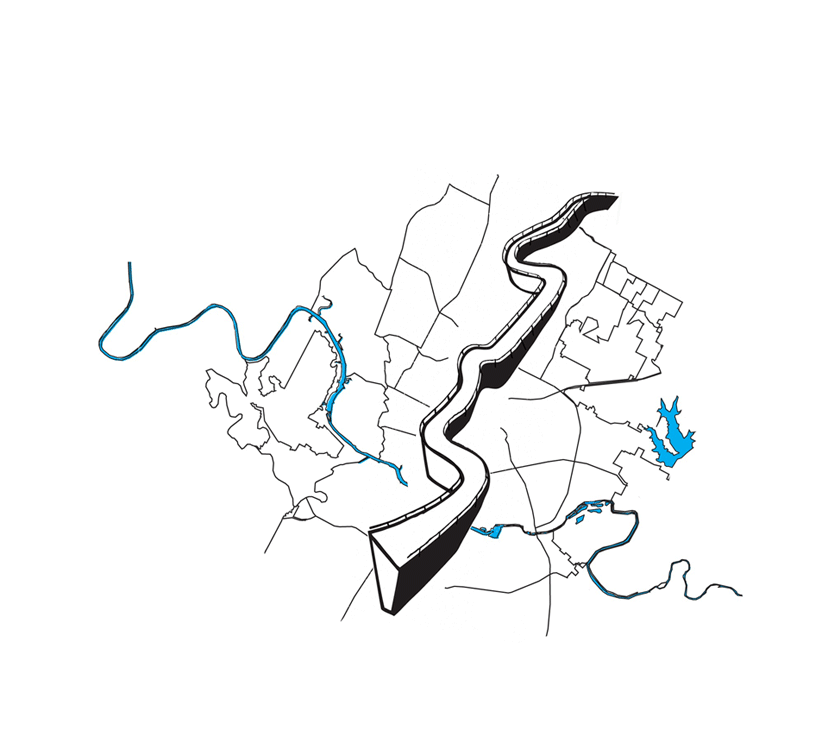

segregation became absolute and law-enforced. Boycotts by the black community were attempted but proved ineffectual against a city set in its ways. Later, in 1919, John Shilladay, secretary for the NAACP, was beaten in the streets and driven out of town for advocating the repeal of all Jim Crow laws. His attacker, county judge Dave Pickle, was arrested, but later exonerated by the governor, who claimed the only offender was Shilladay. Austin’s first Ku Klux Klan parade took its course on Congress Avenue in 1921, and for many years after, Austin supported healthy Klan activity; A large parcel of land off South Congress as a meeting hall was even dubbed “Klan-haven.”
According to Humphrey, “In 1880 blacks were scattered throughout Austin, living in virtually every city neighborhood...But by 1910 [think post Jim Crow instatement] black homes had become more concentrated on the eastern side of the city, a process that would accelerate in the 1920s and 1930s and ultimately result in a consolidation of black households in ‘East Austin.’ ” Hispanic people were already exiled in the area, and by 1928, Austin had officially declared East Austin a “Negro district” where any municipal facilities for African-Americans



